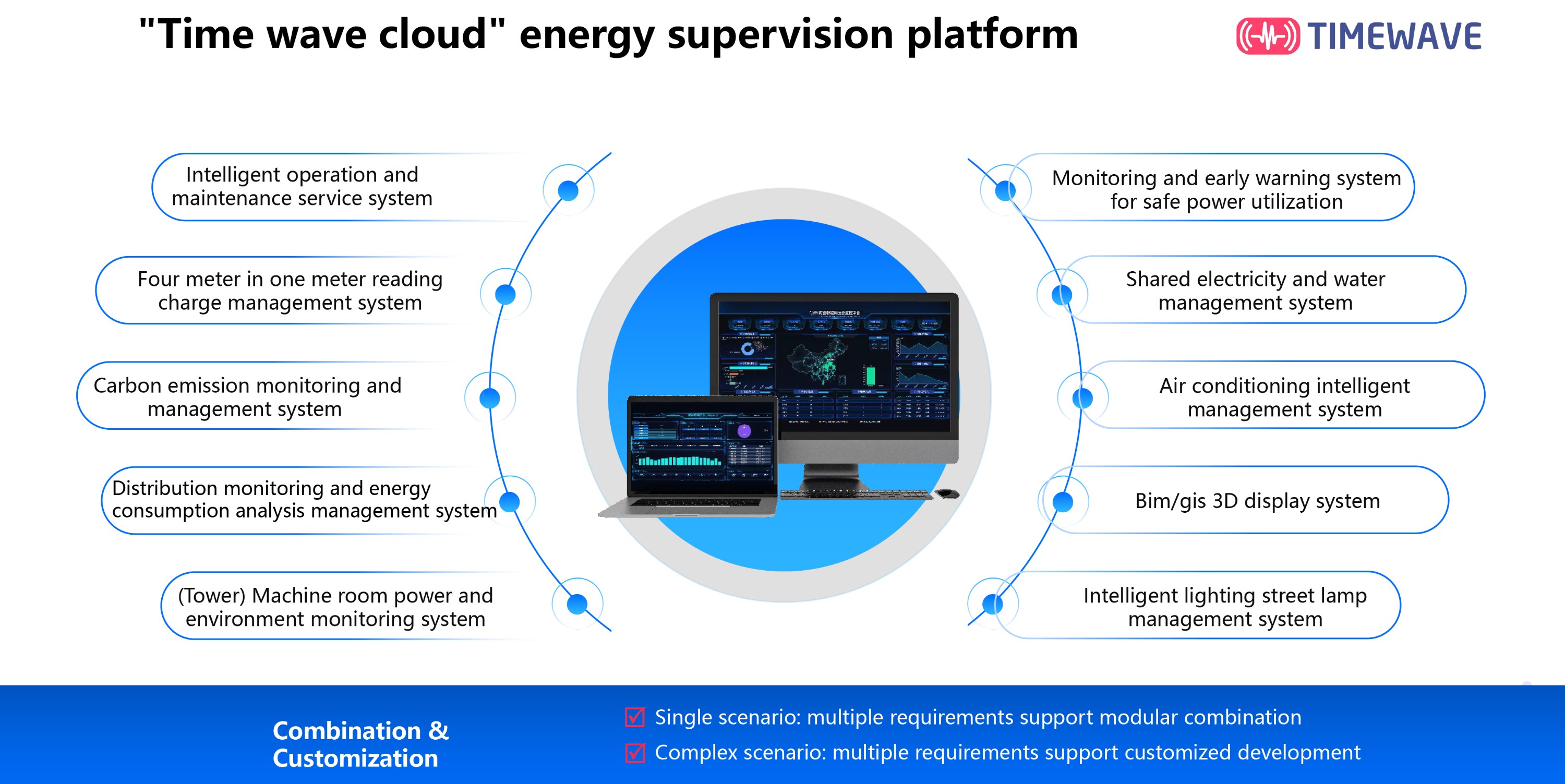Industry News
LoRaWAN Technology: A Low-Power Wireless Solution for IoT
LoRaWAN Technology: A Low-Power Wireless Solution for IoT
The Internet of Things (IoT) is a system of interrelated computing devices, mechanical objects, and digital machines that can transfer data over a network without human intervention. IoT devices can range from sensors and actuators to gateways and smartphones, and they can be used for various applications such as smart cities, agriculture, environment monitoring, healthcare etc.
However, connecting IoT devices to the internet and managing their communication poses many challenges such as power consumption, range, security, scalability, and interoperability. To address these challenges a low-power wide-area networking protocol called LoRaWAN was developed by the LoRa Alliance a non-profit association of more than 500 companies committed to enabling large-scale deployment of low-power IoT networks.

In this article we will explore what LoRaWAN is how it works what are its features and benefits and what are some of its use cases.
What is LoRaWAN?
LoRaWAN (Long Range Wide Area Network) is an upper layer protocol that defines the network’s communication and architecture for low-power wireless devices that connect to the internet in regional, national or global networks. It uses LoRa a physical proprietary radio communication technique that uses spread spectrum modulation to enable long-range transmissions with low power consumption. LoRaWAN is a Media Access Control (MAC) layer protocol built on top of LoRa modulation that defines how devices use the LoRa hardware, for example when they transmit, and the format of messages.
LoRaWAN operates on unlicensed radio frequency bands such as EU868 (863–870/873 MHz) in Europe; AU915/AS923-1 (915–928 MHz) in South America; US915 (902–928 MHz) in North America; IN865 (865–867 MHz) in India; and AS923 (915–928 MHz) in Asia; 1 and 2.4 GHz worldwide. It supports different data rates ranging from 0.3 kbit/s to 50 kbit/s per channel depending on the spreading factor a parameter that determines how much the information is spread over time.
LoRaWAN follows a star-of-stars topology where end devices communicate with one or more gateways using single-hop wireless communication. The gateways act as bridges between the end devices and a central network server that manages the network and routes messages to application servers. The network server also performs security checks removes duplicate packets and adapts data rates according to channel conditions.

What are the features and benefits of LoRaWAN?
LoRaWAN technology offers many advantages over other wireless technologies in terms of range, battery life, security, scalability, and interoperability. Some of its main features and benefits are:
Faster deployment: LoRaWAN handles less bandwidth than cellular or WiFi networks which means it requires less infrastructure and maintenance costs. It also allows for easy installation and configuration of end devices without requiring SIM cards or pairing procedures.
Low power means longer battery life: Battery consumption is not an issue with LoRaWAN and IoT sensor batteries can last for years before they run out. This reduces operational expenses and environmental impact associated with battery replacement.
Longer range: The communication range of the low-powered IoT sensors operating on LoRaWAN is commendable. It can reach up to 30 kilometers in rural areas without interruptions and three kilometers in urban areas with obstacles such as buildings or trees.2
Simple architecture: LoRaWAN has a simple star-of-stars architecture that reduces complexity and latency compared to mesh networks that require multiple hops between nodes.
High security: LoRaWAN ensures end-to-end security with encryption and authentication mechanisms at both device level and network level. It uses AES-128 encryption for payload data protection and cryptographic keys for device identification integrity verification and session management.3
Mobility support: LoRaWAN supports roaming devices across different networks without losing connectivity or data quality.
Localization services: LoRaWAN enables geolocation capabilities based on timestamps from gateways or GPS signals from end devices. This allows for tracking assets or monitoring environmental conditions based on location data.
Scalability: LoRaWAN can support millions of nodes with adaptive data rates and channel diversity.4 It also allows for dynamic allocation of resources according to network load and demand.
Interoperability: LoRaWAN ensures interoper









 Online service
Online service

 Hotline
Hotline

 WhatsApp
WhatsApp
